#louis hardin
Text
Elf Dance, originally composed by Moondog, performed by Vanessa Wagner on Inland, and reinterpreted by Suzanne Ciani on the remix EP Inland Versions
#music#piano#infiné#piano music#infiné records#vanessa wagner#moondog#remix#suzanne ciani#louis thomas hardin#louis hardin#kompakt studios#jörg burger#Bandcamp
26 notes
·
View notes
Text
Mange ton chemin
2170. Pigmy Pig, Moondog
(Moondog, H'art Songs) (Roof Music, Kopf Records, 1978, 1989)
⌘
⌘ Discogs
⌘ Wiki
4 notes
·
View notes
Text
Louis Hardin, "Theme - Instrumental"
0 notes
Text
youtube
performed by Calefax Reed Quintet
arranged for reed quintet by Raaf Hekkema
filmed & edited by H. Paul Moon
produced by Alban Wesly
in order of appearance:
Bart de Kater, clarinet
Oliver Boekhoorn, oboe
Jelte Althuis, bass clarinet
Raaf Hekkema, alto saxophone
Alban Wesly, bassoon
Kyabell Glass, poet and photographer
Nikhil Bartolomeo, NYC Woodwinds
Robert Scotto, Moondog biographer
from the Calefax album "An American Rhapsody" (Pentatone, 2023),
used with permission from The Estate of Louis Hardin
special thanks to:
Alexander Duve
NYC Woodwinds
Bosqe Flowers & Coffee
Louis Masai Michel
Terry O'Reilly
the lyrics:
New Amsterdam was her name
Before she was New York
New Amsterdam is a dame
The heart and soul of big apple city
No matter what name she goes under
I dig her deeply and no wonder
For she's been lovely to me
And I'm the better for having met her
#reed quintet#moondog#new amsterdam#zen violence#music video#clarinet#bass clarinet#saxophone#alto saxophone#oboe#bassoon#new york city#brooklyn#queens#bronx#louis hardin#Youtube
1 note
·
View note
Text
1 note
·
View note
Text
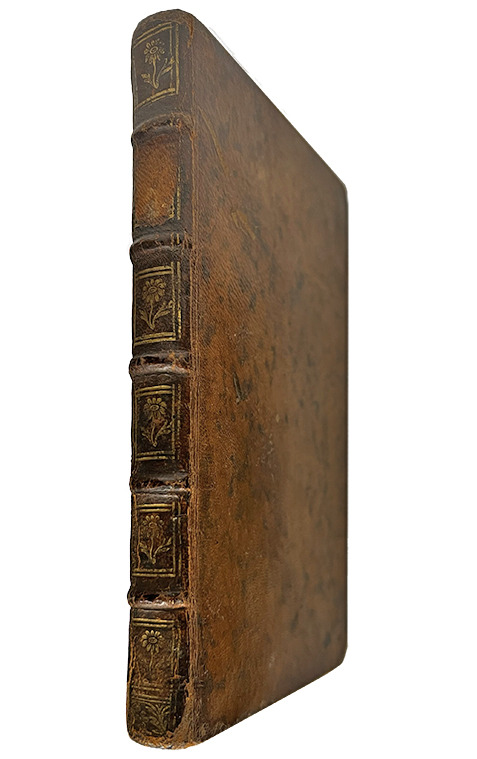

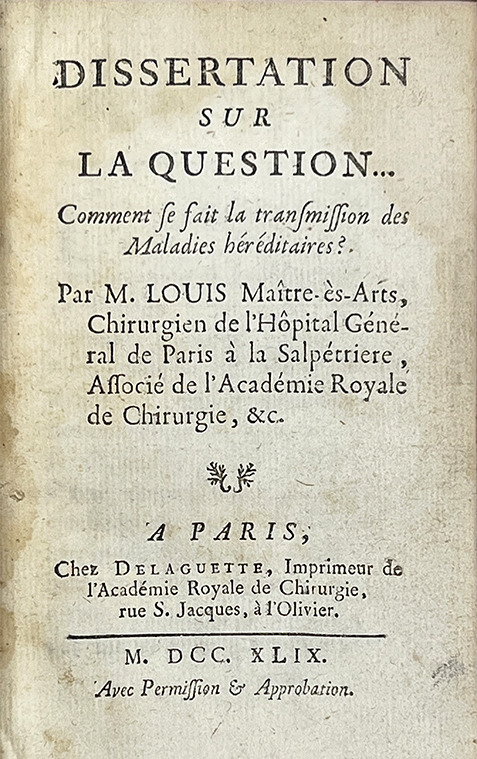
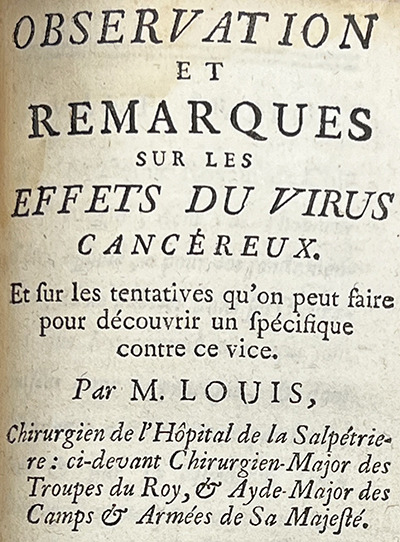
Guest Post from John Martin Rare Book Room!
At the Hardin Library of Health Sciences
LOUIS, ANTOINE (1723-1792). Dissertation sur la question--comment se fait la transmission des maladies héréditaires? [Dissertation on the question--how are hereditary diseases transmitted?] and Observation et remarques sur les effets du virus cancéreux [Observation and remarks on the effects of the cancer virus], Printed in Paris at Chez Delaguette, 1749. 17 cm tall.
This month we highlight a book (but two works!) by the 18th-century French surgeon, Antoine Louis, who helped change the perception of surgeons in the medical community. We touch on his works on hereditary diseases and cancer, his little-known connection to the French Revolution and the Reign of Terror, and his role in helping to create the modern surgical profession.
Louis was born to a military surgeon family. His father was a surgeon-major, the senior surgeon of a regiment, at a military hospital. Louis apprenticed under his father and by 1743 had joined another regiment as a surgeon himself. He soon went to Paris, though, to further his education at the Salpêtrière hospital, which you may remember from such JMRBR newsletters as "Volume 2, Issue 4." In 1750 he was appointed professor of physiology, holding that position for 40 years.
Louis was at the head of a movement to push back against the negative perception of surgeons driven by physicians. He wrote often, and effectively, to argue for equal status for surgeons. For centuries surgeons were thought of by physicians as, at best, less educated technicians and, at worst, uneducated boors who would cut anything for money.
Although eventually a separate discipline with its own schools, societies, and formal training, surgery in Europe had its roots in the barber-surgeon tradition. Often employed in the military, barber-surgeons used their tools for surgical and dental procedures as well as for cutting hair.
The 16th-century predecessor of Louis, Ambroise Paré, helped lay the groundwork for the modern evolution of surgery into a medical specialty. He challenged surgical dogma at the time and wrote many works, always in French as he did not know Latin, describing his new techniques and inventions.
Scottish surgeon John Hunter, a contemporary of Louis, established the empirical foundations of modern surgery. Echoing a common theme among early modern medical pioneers, he rejected the status quo and sought to understand surgical knowledge from the ground up. He based his conclusions on his own observations, experiences, and experiments. With his skill as both an experimentalist and writer, Hunter nearly singlehandedly set surgery on the path to its modern place in medicine.
By the 19th century, barber-surgeons ceased to exist and surgeons were well-trained doctors who chose surgery as a specialization.
Louis was not afraid to put his money where his mouth was. Upon the completion of his stint at Salpêtrière, he could have slid right into a position at the college of Surgery, but instead, he wrote and publicly defended his thesis, Positiones anatomicae et chirurgicae(1749). Both of which he accomplished in Latin, thereby demonstrating that surgeons were as liberally educated as their physician colleagues.
While also performing surgeries, writing, and maintaining a busy administrative calendar, Louis found time to invent and improve surgical instruments. His renown eventually led to an association with the most infamous period in French history. A physician opposed to capital punishment petitioned the National Assembly (formed shortly after the French Revolution) to advocate for a more "humane" way to execute criminals.
This would be accomplished by using a machine designed to quickly decapitate them. The Assembly eventually petitioned Louis to design and build it. Originally referred to as the Louisette, it eventually adopted the name synonymous with the Reign of Terror - the Guillotine, named after the physician who originally proposed its use, Joseph-Ignace Guillotin.
Louis wrote and published throughout his life, including several biographies of other surgeons, Encyclopédie entries, and pioneering works on medical jurisprudence. Two boxes of unpublished works were found while cataloging his belongings after his death. The books highlighted here are two of his earlier publications. Observation et remarques sur les effets du virus cancéreux is an interesting piece on cancerous growths and remedies, in which Louis refers to cancer as a virus. We now know of several viruses that can lead to cancer.
Our copy is an adorable little book with beautiful marbled endpapers, a closeup of which you can see above. The contemporary sheepskin cover shows that the book has lived a busy life. It is a deep, rich brown color with several gilt flowers along the spine. The paper is in excellent condition, showing few signs of age or damage.
#medical history#medicine#surgical#french revolution#university of iowa#rare books#jmrbr#hardin library#libraries#antoine louis
60 notes
·
View notes
Photo

Ondria Hardin at Louis Vuitton FW13
13 notes
·
View notes
Photo
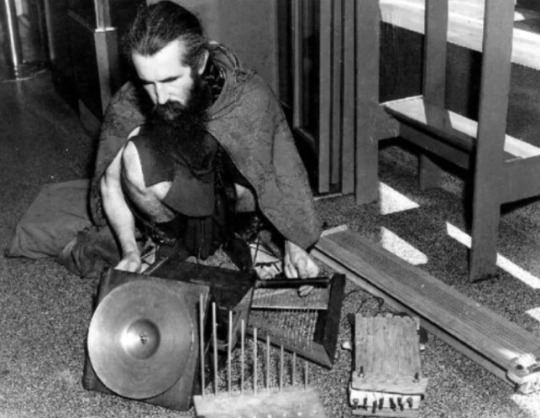
Moondog pre-performance, 1940s.
37 notes
·
View notes
Text
Celebrating Jazz Architect, Genius and Legend Louis Armstrong to Close Out #JazzAppreciationMonth (LISTEN)
by Lori Lakin Hutcherson (@lakinhutcherson)
We end our celebration of #JazzAppreciationMonth today with a short tribute to a seminal architect of the sound, the legendary New Orleans son, Louis Armstrong.
To read about Armstrong, read on. To hear about him, press PLAY:
https://goodblacknews.org/wp-content/uploads/2022/04/GBNPADpod043022.mp3
[You can subscribe to the Good Black News Daily Drop…

View On WordPress
#"All of Me: The Complete Discography of Louis Armstrong"#"Black and Blue"#"Louis Armstrong in His Own Words"#"Pops: The Life of Louis Armstrong"#"Satchmo the Great"#"Satchmo: My Life in New Orleans"#"Satchmo: The Genius of Louis Armstrong"#"Swing That Music"#"West End Blues"#JazzAppreciationMonth#Billie Holiday#Earl Hines#Ella Fitzgerald#Fats Waller#Fletcher Henderson#GBN Daily Drop Podcast#King Oliver#Lil Hardin Armstrong#Little Rock Nine#Lori Lakin Hutcherson#Louis Armstrong#National Historic Landmark#New Orleans#“Mack The Knife”#“That Lucky Old Sun#” “A Kiss to Build a Dream On#” “Blueberry Hill” “La Vie En Rose”
17 notes
·
View notes
Audio
Jimmie Rodgers & Louis Armstrong with Lil Hardin Armstrong on piano - Blue Yodel No.9 (1930)
4 notes
·
View notes
Photo




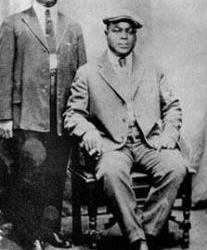
(via Joseph "King" Oliver: Profiles in Jazz - The Syncopated Times)
Picture 1: back row
2 notes
·
View notes
Text
youtube
1 note
·
View note
Text

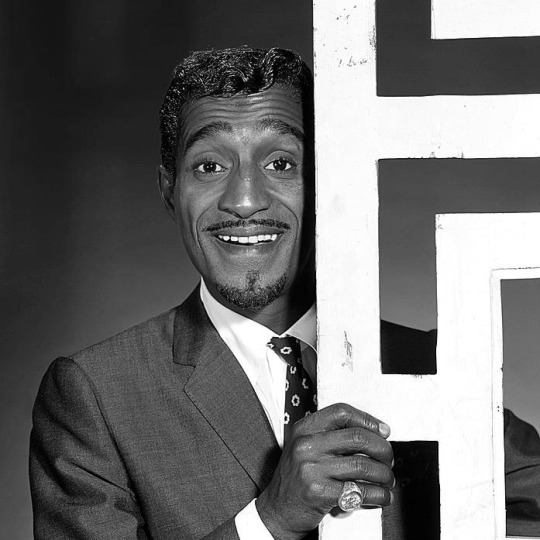
Louis "Moondog" Hardin (1916-1999) composer
Works: "Snaketime Rhythms," "Surf Session"
Propaganda: "The vibes, my friend. It’s not about what he looks like, it’s about the vibes."
Sammy Davis, Jr. (1925-1990) solo
Songs: "I've Gotta Be Me," "The Candy Man"
Propaganda: none
20 notes
·
View notes
Text
Louis Hardin, "Theme - Instrumental"
#NowPlaying
0 notes
Text
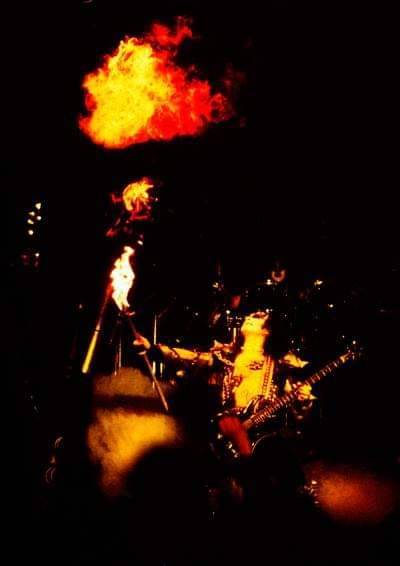
February 27, 1983
Creatures of the Night tour
Kiel Auditorium- St. Louis, Missouri
The band turned this poorly attended show into a benefit concert for baby Amy Lynn Hardin who was in dire need of a liver transplant, but whose family didn’t have the $175,000 needed. Amy received the transplant on May 10, but passed away 2/27/88
“KIϟϟ is a show band. They wear funny clothes, ruin their complexion with lots of makeup and make loud, disagreeable noises – on purpose. I fame that up after junior high. Some parts of the spectacle were entertaining. I liked when Gene Simmons breathed fire. I liked when he spat blood. I liked the dry ice, the flash-pots, the moving light trellises, the tank turret with … Ho-hum. I liked when Paul Stanley interrupted one of his stupid, sexist monologues to dare a youth to come onstage… It didn’t matter that only Simmons and Stanley were original KIϟϟ cretins” (St. Louis Post-Dispatch, 2/28/83).
15 notes
·
View notes
Text
youtube
Hello, darlings! 🎶
I wanted to share with you all the song that I referenced in today’s post, as I love these moments where I’m able to incorporate small instances of real life history into the story.
This is Heebie Jeebies, one of Louis Armstrong’s first radio hits. He recorded it with Louis Armstrong and His Hot Five, which consisted of his wife Lil Hardin on piano, Kid Ory, Johnny Dodds, and Johnny St. Cyr, all fellow Orleanian musicians. The song was released in 1926 alongside a number of other hits and is the first instance of scatting on a jazz record.
Louis later claimed that he was just emulating a technique musicians had done for decades in New Orleans; of course as we now know, this technique would go on to become emblematic of jazz music as the decades went on.
So enjoy! And if you’d like to play while reading the post it makes a great soundtrack 😉
#also look at Louis Armstrong so young!#I feel like he’s always shown older and it’s lovely to see him this way too 🥹#sims 4 historical#ts4 decades challenge#ts4 historical#sims 4 decades challenge#the darlingtons#1920s
22 notes
·
View notes